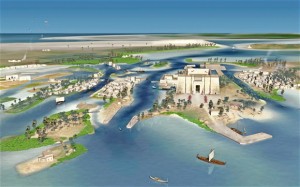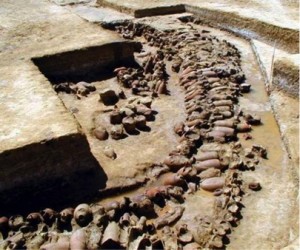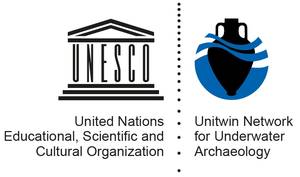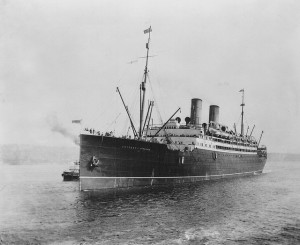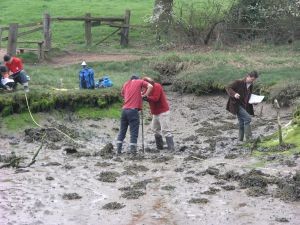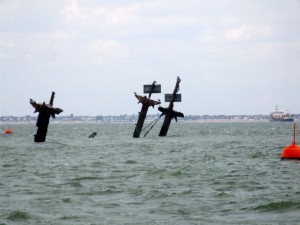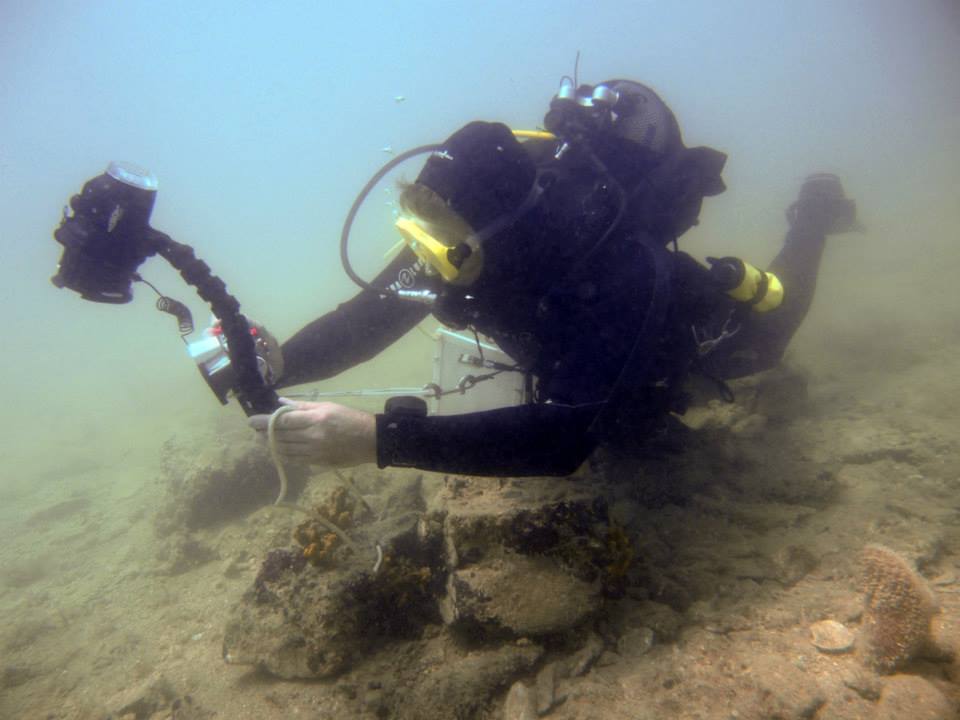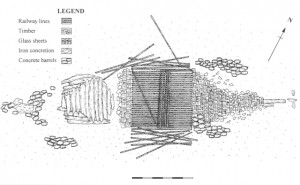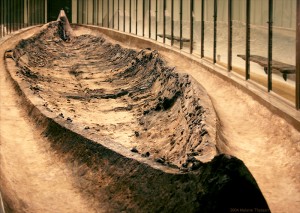
Boat burials in Scandinavia
In this article, Esther Unterweger explains the importance of boat burials in Scandinavia.
On account of the diversity of rituals one encounters through the archaeological, iconographic or textual record, it becomes clear that a boat or ship occupied an important role in various rituals reaching far back in the history of Scandinavia.
Continue reading →

